The new heavy goods vehicle (HGV) market declined by 12% in the first three months of the year, with 9,738 new trucks registered, according to new data from the Society of Motor Manufacturers and Traders (SMMT).
The bulk of the decline came from a 15% fall in registrations of new tractors, at 3,953 units, accounting for 40.6% of the overall market in the quarter.
Demand for new box vans and curtain-siders also fell, by 26.3% and 18.1% to 959 and 767 units respectively, while new tipper registrations dipped by just 4.6%, equivalent to 41 fewer units.

Bucking the trend, demand for refuse collection vehicles rose by 20.6% to 520 units.
Registrations of new zero emission HGVs, however, almost doubled, up 94%, albeit translating to just 97 units.
With an overall market share of 1%, up from 0.5% a year ago, this is the highest proportion of zero emission trucks registered in a quarter, demonstrating small but growing demand for the very latest and greenest models after flatlining last year.
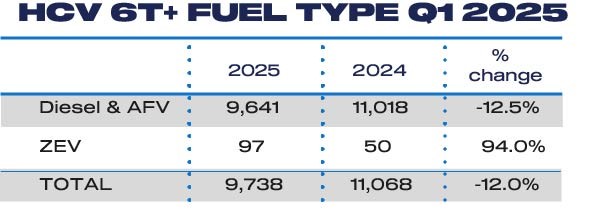
Zero emission HGV adoption rates, however, must grow rapidly over the next decade if the UK is to achieve its target for all new HGVs up to 26 tonnes – the majority of the market – to be zero emission by 2035, with the remainder of the sector following by 2040.
The heavy commercial vehicle transition continues to be supported by Government’s improved plug-in truck grant and its Zero Emission HGV and Infrastructure Demonstrator (ZEHID) programme, but the SMMT says that immediate action is needed to remove onerous planning procedures that prevent timely rollout of charging and refuelling infrastructure at depots – meaning operators may have to wait up to 15 years for a grid connection – as well as on the strategic road network.
Mike Hawes, SMMT chief executive, said: “As the UK’s new truck market normalises after a turbulent few years, industry is already setting a new course for green growth with almost three dozen different zero emission models now available, and a record quarterly market share.
“Onerous planning processes, however, are acting as a handbrake on depot and public infrastructure, and fast-tracked grid connections are essential if more HGV fleets are to be decarbonised.”
Around 5.1 million vans and 626,000 trucks are currently on UK roads, transporting more than 80% of all domestic freight and directly adding £13.5 billion to the economy each year.
While CVs make up 14% of all vehicles on the road, their higher mileages and energy demands make them responsible for more than a third of all road transport CO2 – and almost an eighth (12%) of the UK’s carbon footprint.
Replacing conventionally fuelled CVs with zero emission vehicle (ZEV) models is critical to the achievement of net zero.



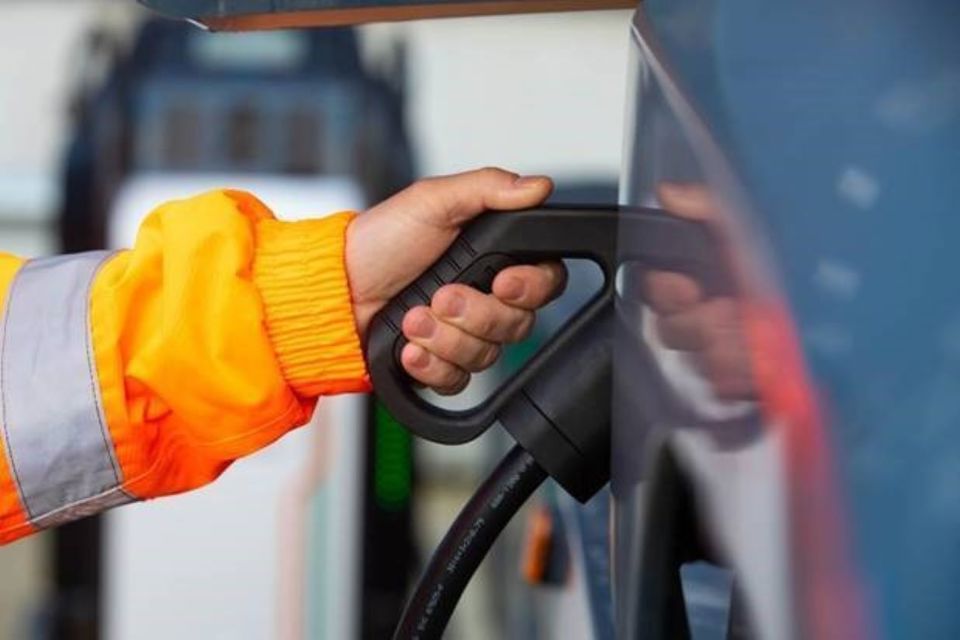
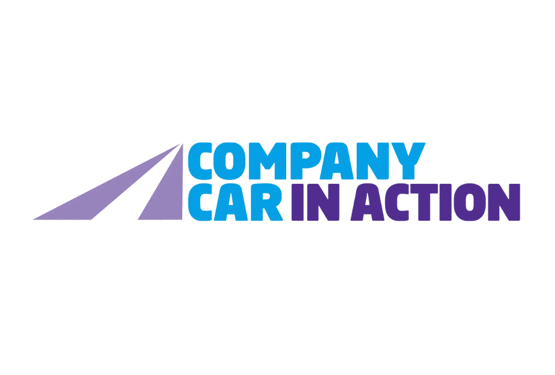



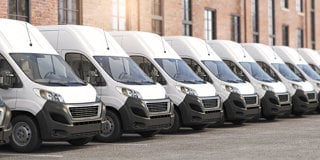
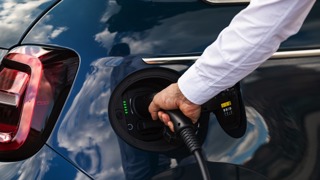
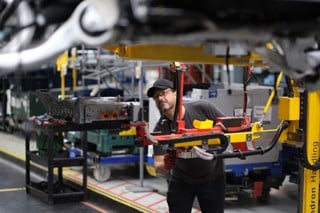

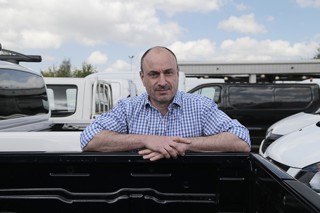












Login to comment
Comments
No comments have been made yet.